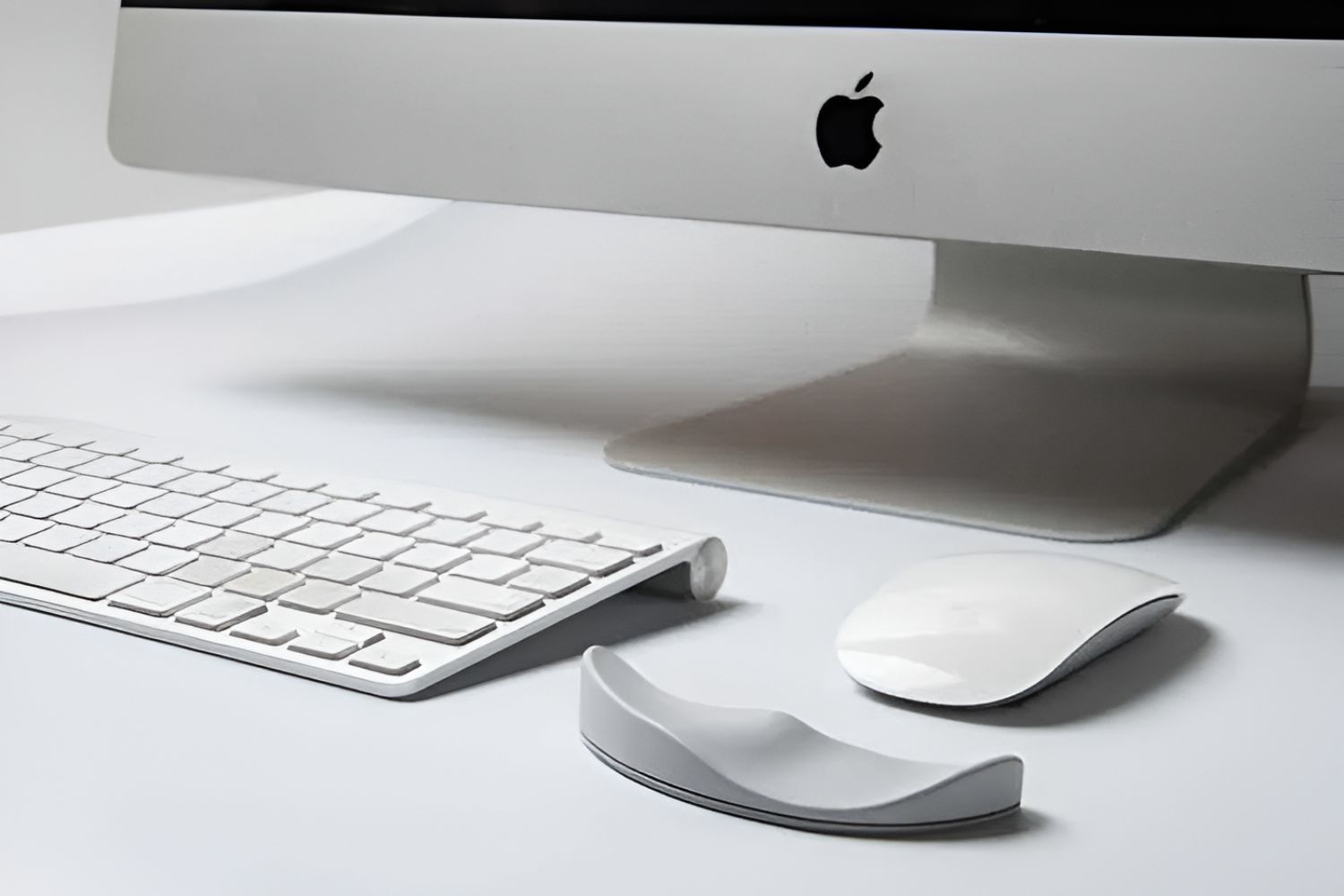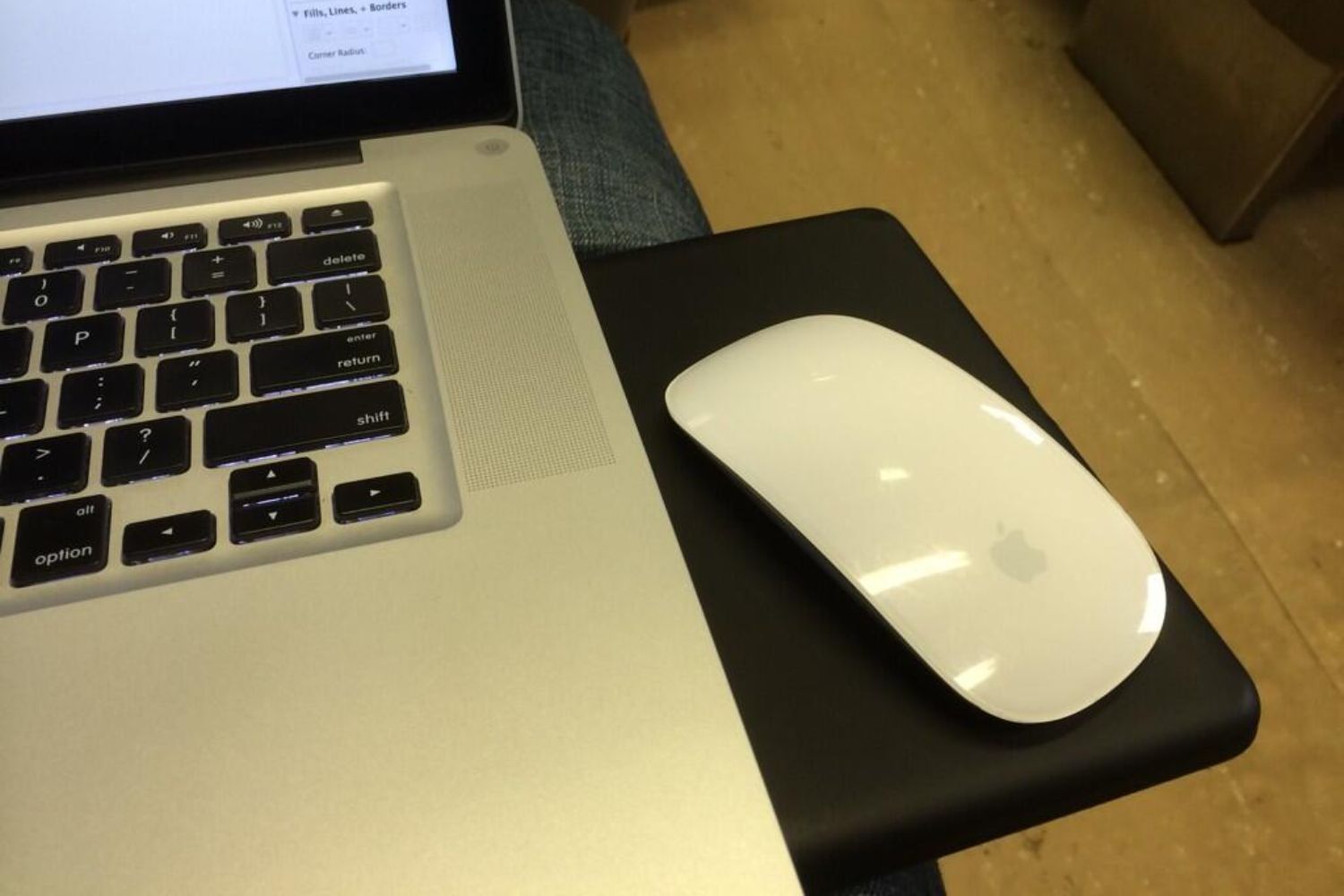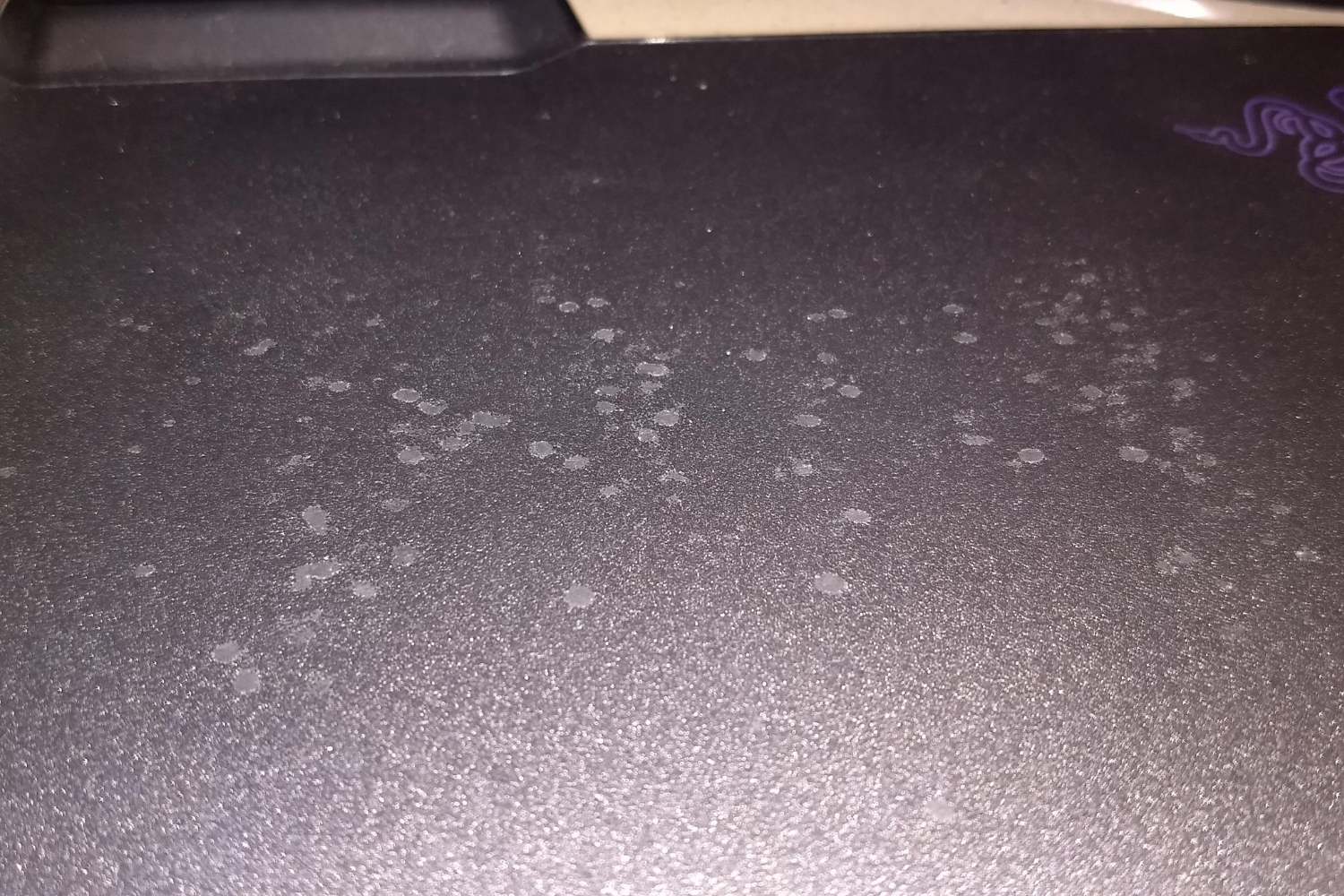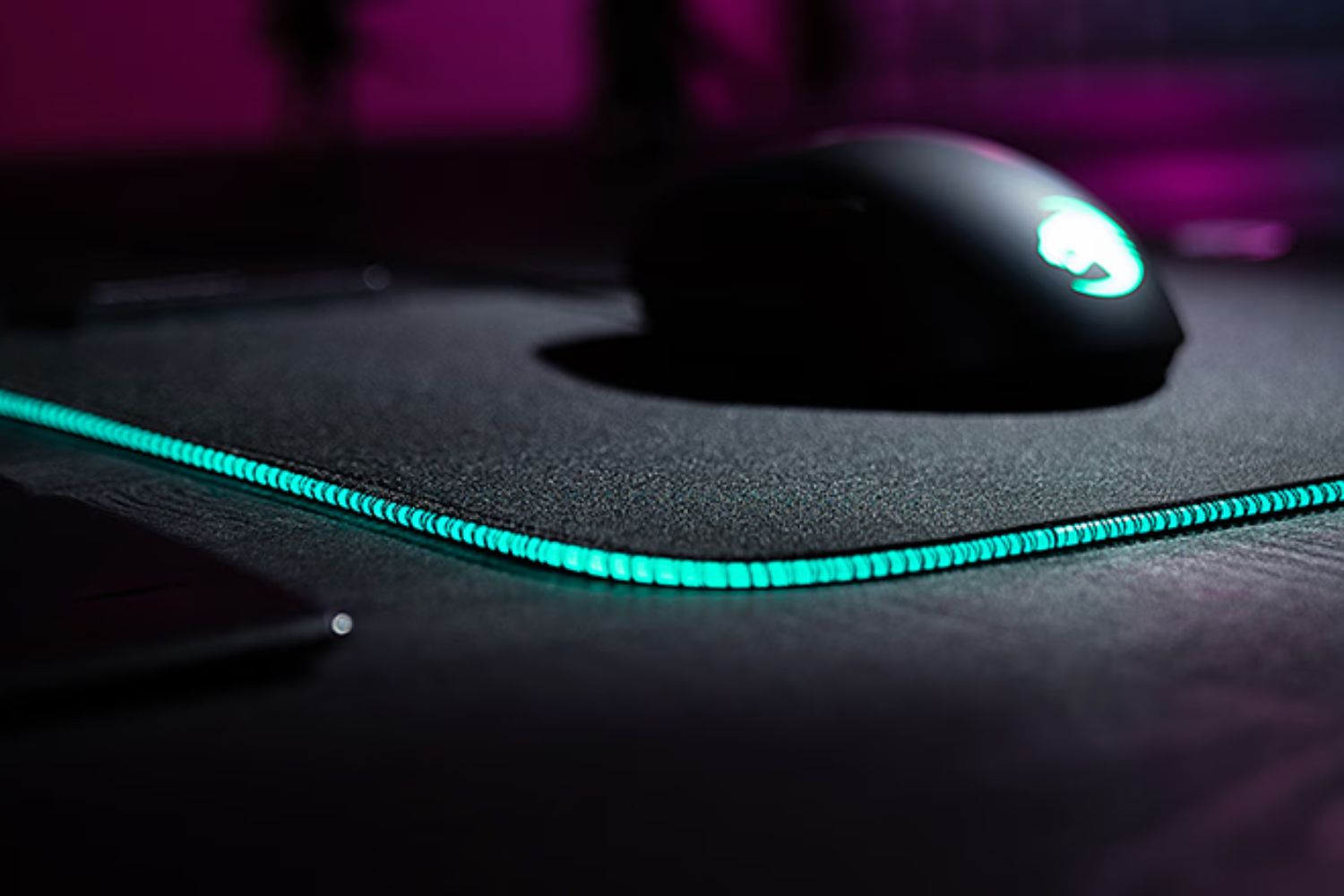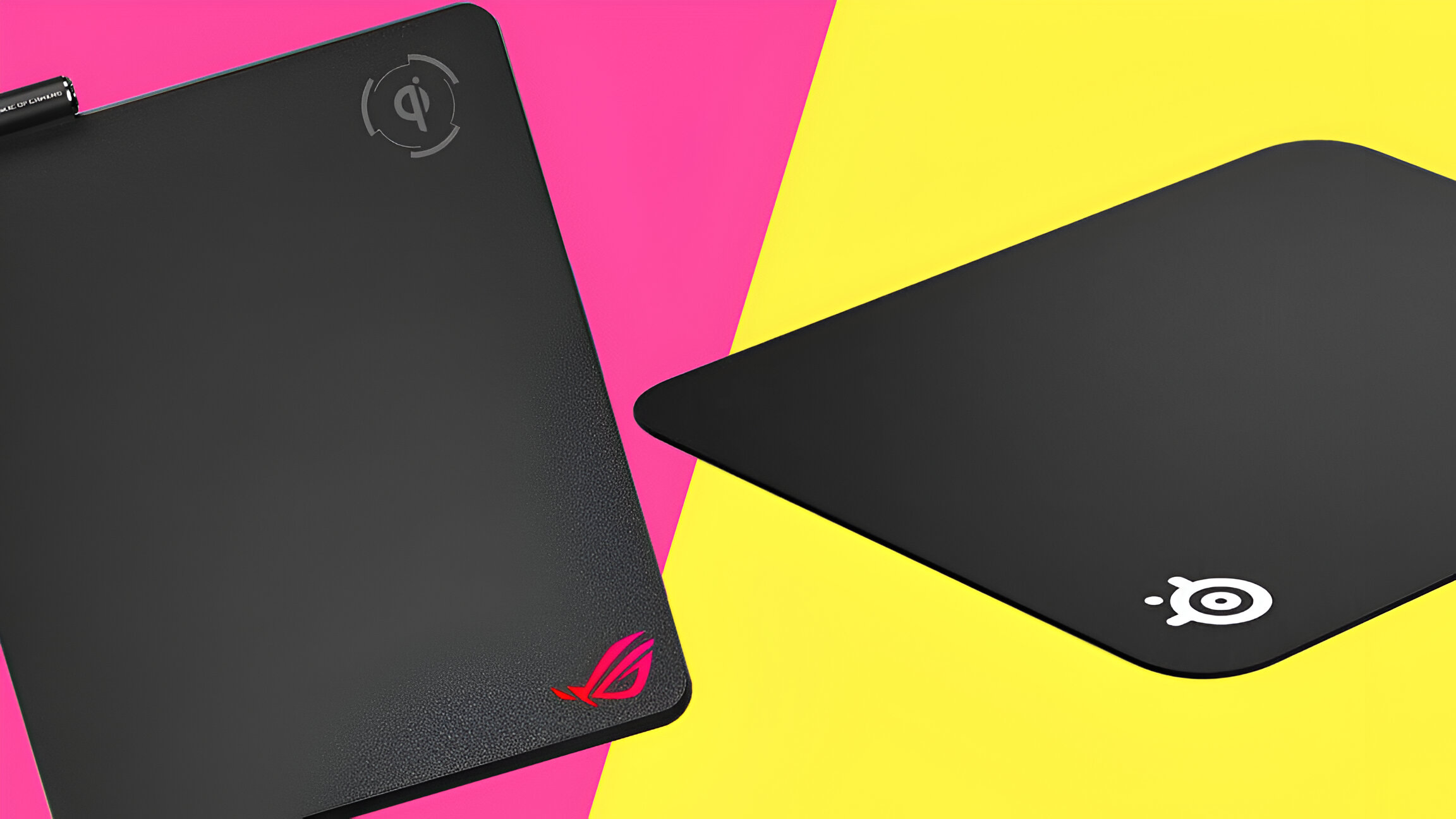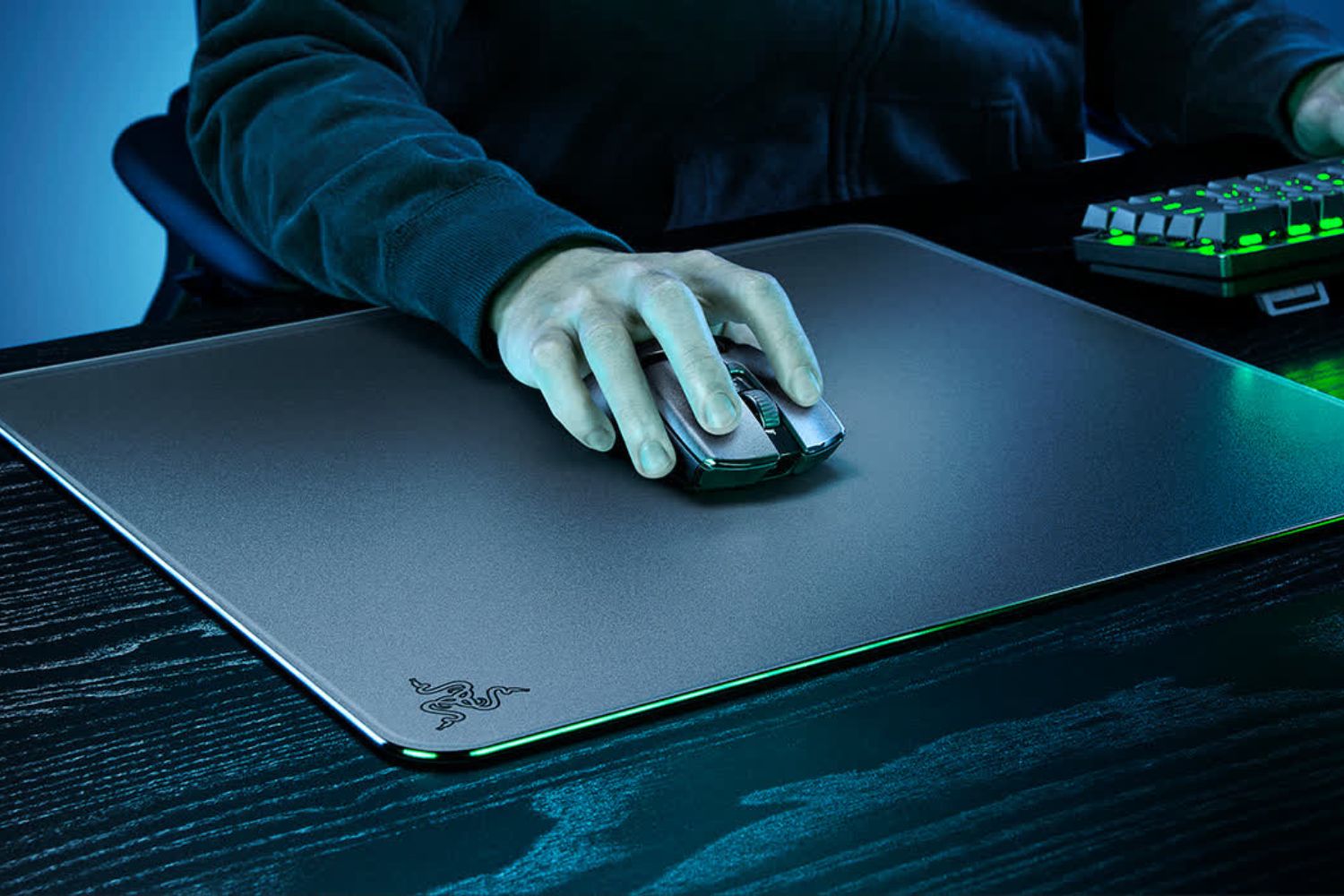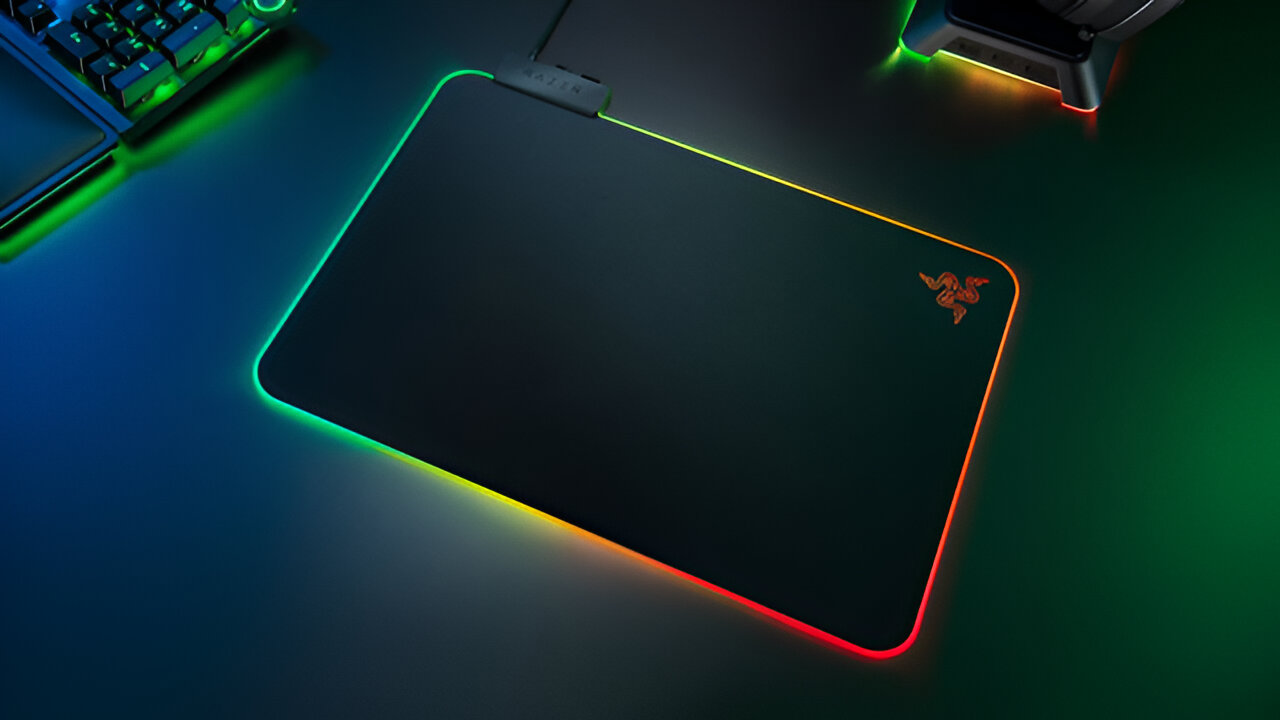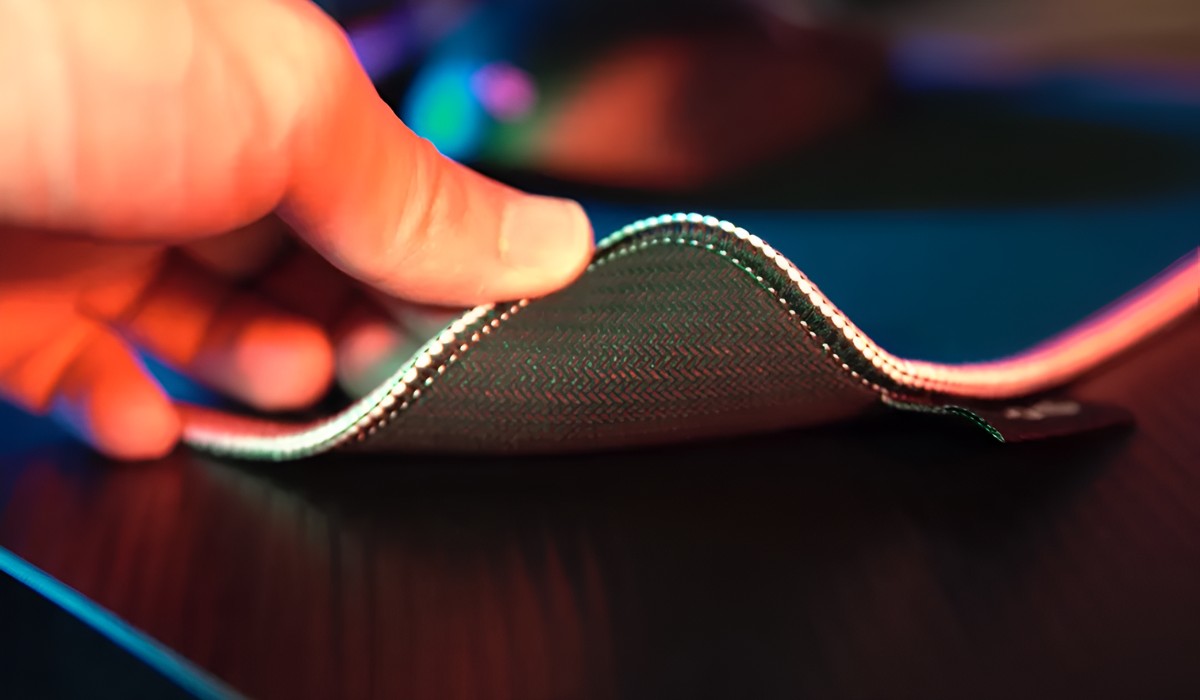Introduction
The computer mouse is an indispensable tool for navigating the digital landscape, allowing users to interact with their devices seamlessly. However, an unexpected and perplexing issue that some individuals encounter is the spontaneous movement of the mouse cursor, even when their hand is resting on the mouse pad. This phenomenon can be frustrating and disruptive, disrupting productivity and causing undue stress. In this article, we will explore the possible causes of mouse movement despite physical inactivity, as well as practical solutions to mitigate this perplexing issue.
The erratic behavior of the mouse cursor can be puzzling, leaving users bewildered as they attempt to regain control of their digital movements. Understanding the root causes of this issue is crucial in addressing and resolving it effectively. Whether it's a result of hardware malfunctions, software glitches, or environmental factors, identifying the underlying reasons behind the involuntary mouse movements is the first step toward finding a viable solution.
This article aims to shed light on the perplexing issue of mouse movement when the hand is resting on the mouse pad, providing valuable insights and actionable strategies to help users regain control of their digital experience. By delving into the potential causes and offering practical solutions, we endeavor to empower individuals to overcome this frustrating obstacle and reclaim seamless control over their computing devices. Let's embark on this journey to unravel the mysteries of mouse movement and pave the way for a more harmonious and efficient digital interaction.
Possible Causes of Mouse Movement
Several factors may contribute to the perplexing issue of mouse movement despite the hand being on the mouse pad. Understanding these potential causes is essential in diagnosing and resolving the problem effectively. Here are some common culprits behind this frustrating phenomenon:
- Hardware Malfunction: A faulty or aging mouse can lead to erratic cursor movements, as worn-out components or sensor issues may result in unintended tracking discrepancies. Additionally, loose connections or damaged cables can exacerbate this problem, causing the cursor to move sporadically even when the mouse remains stationary.
- Environmental Interference: External factors such as electromagnetic interference from nearby electronic devices or erratic surface textures on the mouse pad can disrupt the mouse’s tracking accuracy, leading to involuntary movements. Moreover, excessive dust or debris on the mouse sensor or pad can impede smooth tracking, causing the cursor to drift unexpectedly.
- Software Glitches: Outdated or incompatible mouse drivers, as well as software conflicts within the operating system, can induce erratic cursor behavior. Additionally, background processes or malware activity may interfere with the mouse input, resulting in unanticipated movements despite physical inactivity.
- Driver Issues: Incompatibility between the mouse’s driver software and the operating system can lead to irregular cursor movements. Furthermore, driver conflicts or outdated firmware can compromise the mouse’s performance, causing it to behave unpredictably.
By identifying these potential causes, users can gain valuable insights into the underlying issues triggering the involuntary mouse movements. This understanding is pivotal in devising effective strategies to address and rectify the problem, ultimately restoring seamless control and functionality to the mouse cursor.
Solutions to Prevent Mouse Movement
Addressing the issue of unintended mouse movement necessitates the implementation of practical solutions to mitigate the underlying causes and restore reliable cursor control. By adopting the following strategies, users can proactively prevent and rectify the perplexing phenomenon of mouse movement despite physical inactivity:
- Hardware Inspection and Maintenance: Conduct a thorough examination of the mouse hardware, checking for signs of wear, loose connections, or sensor obstructions. Cleaning the mouse sensor and ensuring a smooth, debris-free mouse pad surface can enhance tracking accuracy and minimize erratic cursor movements.
- Environmental Optimization: Minimize electromagnetic interference by relocating electronic devices and ensuring a clutter-free, unobstructed workspace. Choosing a high-quality, consistent-textured mouse pad can improve tracking precision and reduce the likelihood of involuntary cursor drift.
- Software and Driver Updates: Regularly update mouse drivers and ensure compatibility with the operating system to mitigate software-related cursor irregularities. Resolving driver conflicts and addressing outdated firmware can enhance the mouse’s stability and responsiveness, minimizing unexpected movements.
- Maintenance and Security Measures: Implementing robust malware protection and performing routine system maintenance can safeguard against software glitches that may trigger erratic cursor behavior. Identifying and resolving background processes that interfere with mouse input can restore reliable cursor control.
By implementing these proactive measures, users can effectively prevent and address the issue of mouse movement despite the hand being on the mouse pad. Through a combination of hardware maintenance, environmental optimization, software updates, and diligent system maintenance, individuals can regain seamless control over their mouse cursor, fostering a more productive and frustration-free computing experience.
Conclusion
The perplexing issue of mouse movement despite the hand being on the mouse pad can be a source of frustration and disruption for users navigating the digital realm. However, by delving into the potential causes and implementing practical solutions, individuals can regain control and restore seamless functionality to their mouse cursor. Understanding the diverse factors contributing to this phenomenon, including hardware malfunctions, environmental interference, software glitches, and driver issues, is pivotal in devising effective strategies to prevent and rectify involuntary mouse movements.
Through meticulous hardware inspection and maintenance, environmental optimization, software and driver updates, and stringent maintenance and security measures, users can proactively address the underlying causes of erratic cursor behavior. By adopting these proactive measures, individuals can minimize the likelihood of unexpected mouse movements and foster a more harmonious and efficient digital interaction.
Empowered with valuable insights and actionable strategies, users can navigate the complexities of mouse movement with confidence, reclaiming control over their computing devices and mitigating the disruptive effects of involuntary cursor drift. By leveraging a combination of preventive measures and targeted solutions, individuals can overcome this perplexing obstacle and cultivate a more productive and frustration-free computing experience.
As we conclude this exploration of mouse movement and its potential remedies, it is evident that a proactive approach to hardware maintenance, environmental optimization, and software management is instrumental in mitigating the challenges posed by erratic cursor behavior. By embracing these strategies, users can navigate the digital landscape with greater ease and efficiency, free from the interruptions caused by unintended mouse movements.









